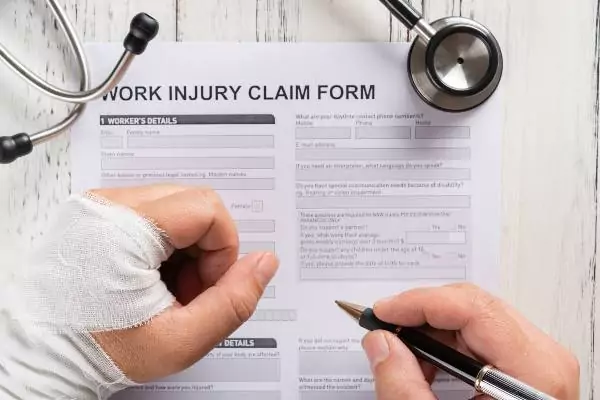Personal injuries are a common result of car accidents. Therefore, immediate medical attention is of utmost importance. Not only can it save lives, but it also ensures continuous treatment and provides essential documentation linking the injury to the accident.
However, the complexities of the human body mean that some injuries may not manifest immediately at the scene. Symptoms may subtly emerge over days, necessitating a vigilant watch for an extended period post-accident.
This article serves as your guide to understanding how long you should monitor for symptoms after a car accident.
How Soon Should You Seek Medical Attention?
Regardless of whether you perceive any injuries, calling 911 to the scene is always advisable. The first responders not only address visible injuries but also scrutinize for signs of hidden harm.
If first responders advise an ambulance ride to the emergency room, it’s wise to accept. An ER visit can be instrumental in detecting concealed injuries and starting timely treatment, possibly preventing further deterioration. Alternatively, if you choose not to take the ambulance, visit an ER within 72 hours after the accident.
Any gap beyond 72 hours could lead the opposition to attribute your personal injuries to causes other than the accident. Remember that even if an injury isn’t detected during a doctor’s visit, the documentation of that visit can be vital in linking any future injuries to the accident.
How Long is Too Long?
There’s no universally definitive timeframe to seek medical attention post-accident. However, legal experts generally advocate for a window of less than 72 hours. This doesn’t imply you’ll forfeit your rights to compensation if you surpass this period, but your case may lose some of its potency. A delay could breed doubts about the correlation between the injuries and the accident, potentially diminishing your claim’s value.
“Different states may have varying regulations, particularly those requiring Personal Injury Protection (PIP). Thus, understanding the local laws clearly is crucial,” says attorney Lawrence J. Buckfire.
A noteworthy aspect of delayed medical attention is the creation of treatment gaps, which the opposing side could exploit to undermine your claim.
Delayed Onset Injuries
Injuries such as cuts and lacerations are easily detectable because there will always be blood. However, not all injuries will have blood, with some being life-threatening. Traumatic Brain Injuries (TBIs), such as concussions—mild forms of TBIs—often fall into this category. Concussions typically occur due to a sudden, violent jolt to the head, causing an injury to the brain matter.
Whiplash is another injury with delayed symptom onset, commonly resulting from rear-end collisions when the neck is forcefully thrown back and forth, resulting in over-exertion of the neck muscles. Symptoms can be delayed for days, manifesting as neck pain, stiffness, and loss of range of motion.
Lastly, internal injuries, though less noticeable, carry a high risk of fatality, especially when critical organs like the heart, lungs, or liver are affected.
The Role of a Lawyer
If you have delayed seeking medical attention after a car accident due to a lack of immediate symptoms, this might affect your claim’s strength. However, enlisting the assistance of a personal injury lawyer, particularly one specializing in car accidents, could be pivotal in salvaging your case.
A lawyer provides expert guidance to navigate the intricate legal challenges resulting from the delay and works meticulously to substantiate your injuries’ connection to the accident. Remember, being proactive and forthright about any late-onset symptoms with your lawyer is essential.
Don’t miss the latest updates and alerts visit: Internal Insider!










